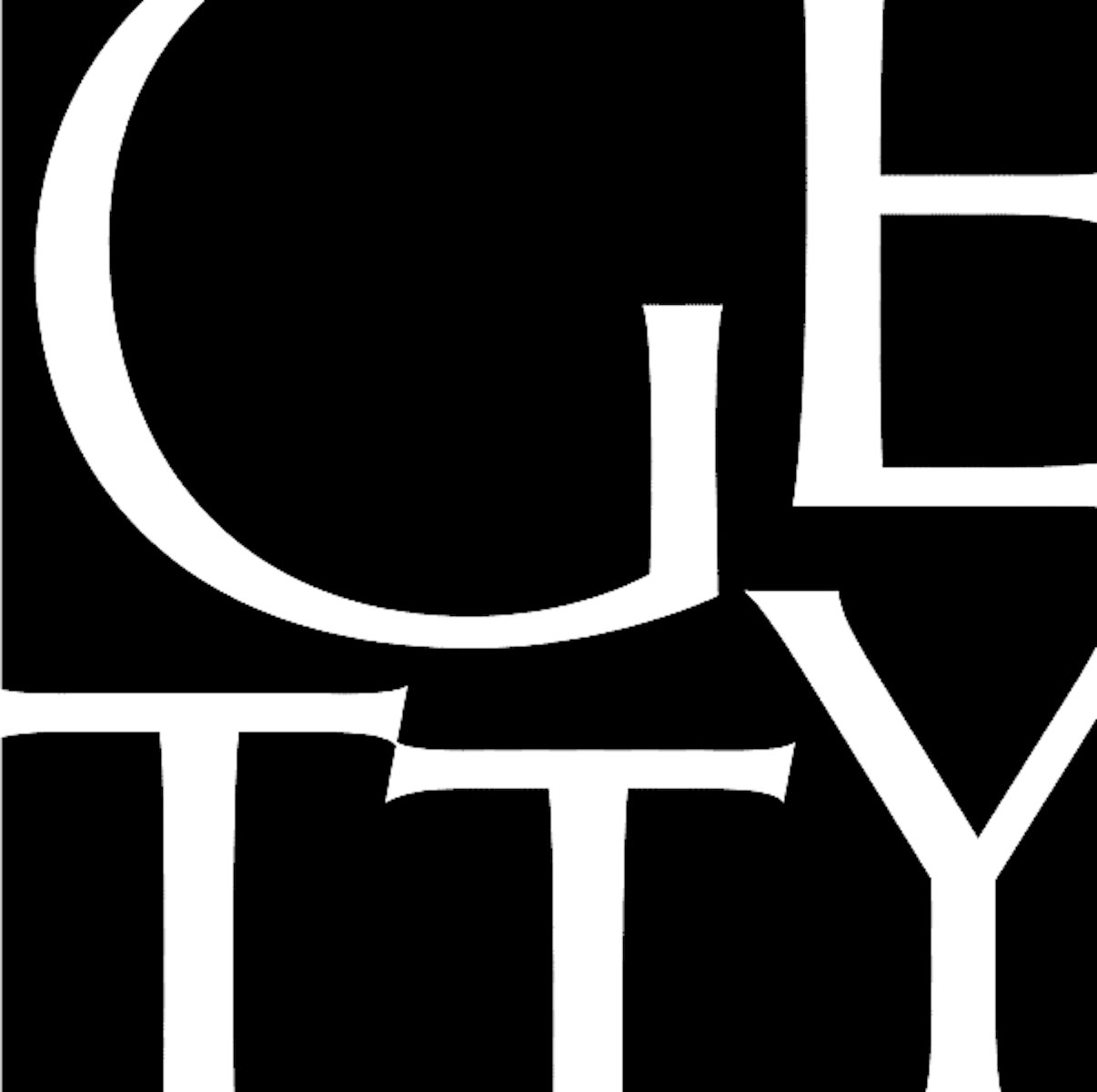
The Language of Flowers: An Alphabet of Floral Emblems (1857)
The Victorian interest in botany went hand in hand with the Victorian interest in the “language of flowers”. At a time when many feelings were discouraged and repressed, flowers, whether sent singly or in complicated arrangements, communicated the incommunicable.
As we learn in this sumptuously illustrated Alphabet of Floral Emblems, the carnation represents fascination, the geranium gentility, and the dahlia instability. Some of the associations between feelings and flowers persist today. The rose, of course, represents love. But were you aware that a deep red rose represents “bashful shame”? Or that a gum cistus — or gum rockrose, as it’s more often called today — says to the recipient “I shall die to-morrow” (a line from the lovelorn ballad “Barbara Allen”)?
The book contains a kind of dual-language dictionary of flowers and their meanings, alphabetically arranged first by floral name and then by the emotion or message they convey. It also offers up a selection of poems — mostly by long-forgotten poets such as C. A. Fillebrown, Miss J. A. Fletcher, and John Kenyon — which supplement these more straightforward meanings and hint at the level of complexity the floral language can achieve. “For example”, says the writer of the book’s introduction:
if a flower be given reversed, it implies the opposite of that thought or sentiment which it is ordinarily understood to express: again, a rosebud from which the thorns have been removed, but which has still its leaves, conveys the sentiment, ‘I fear, but I hope,’—the thorns implying fear, as the leaves hope; remove the leaves and thorns, and then it signifies that ‘There may be neither hope nor fear’; while again, a single flower may be made emblematical of a variety of ideas; a rosebud that has been already used and deprived of its thorns, says, ‘There is much to hope,’ but stript of its leaves also, it tells, ‘There is everything to fear.’
Imagine how a simple walk in a garden might be transformed by this sensitivity to every flower’s every meaning. One can almost see how, not so long ago, the nosegay might “be made to take the place of more formal epistles”.
There were, of course, other books dedicated to the theme, with some variations on flower meanings but many remaining the same. The earliest we have found is this published in New York in 1834, which, alongside the flower meanings, offers up relevant couplets.
In 1858, just a year after the main book featured in the post came this The Illustrated Language of Flowers, compiled and edited by Mrs L. Burke.
And some decades later, in 1884, the illustrator Kate Greenaway published Language of Flowers.
Jun 26, 2019









